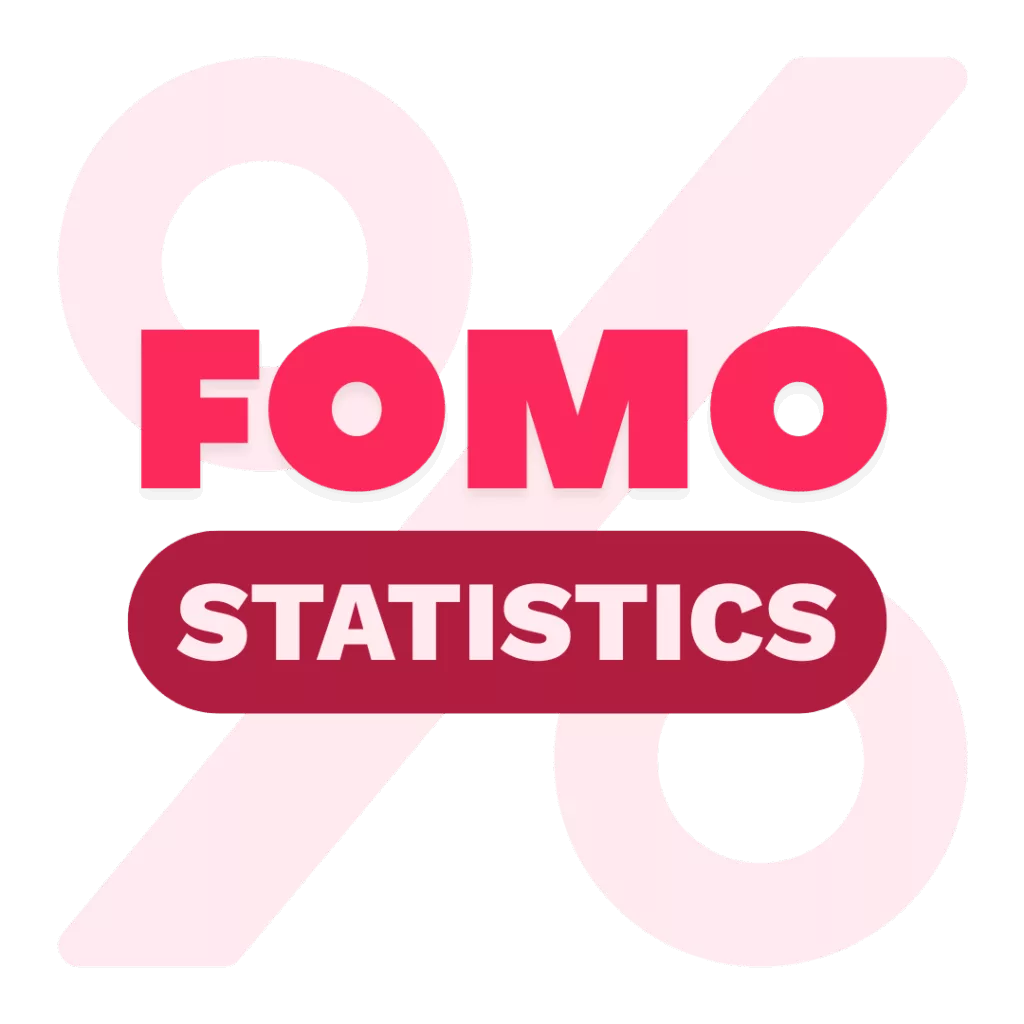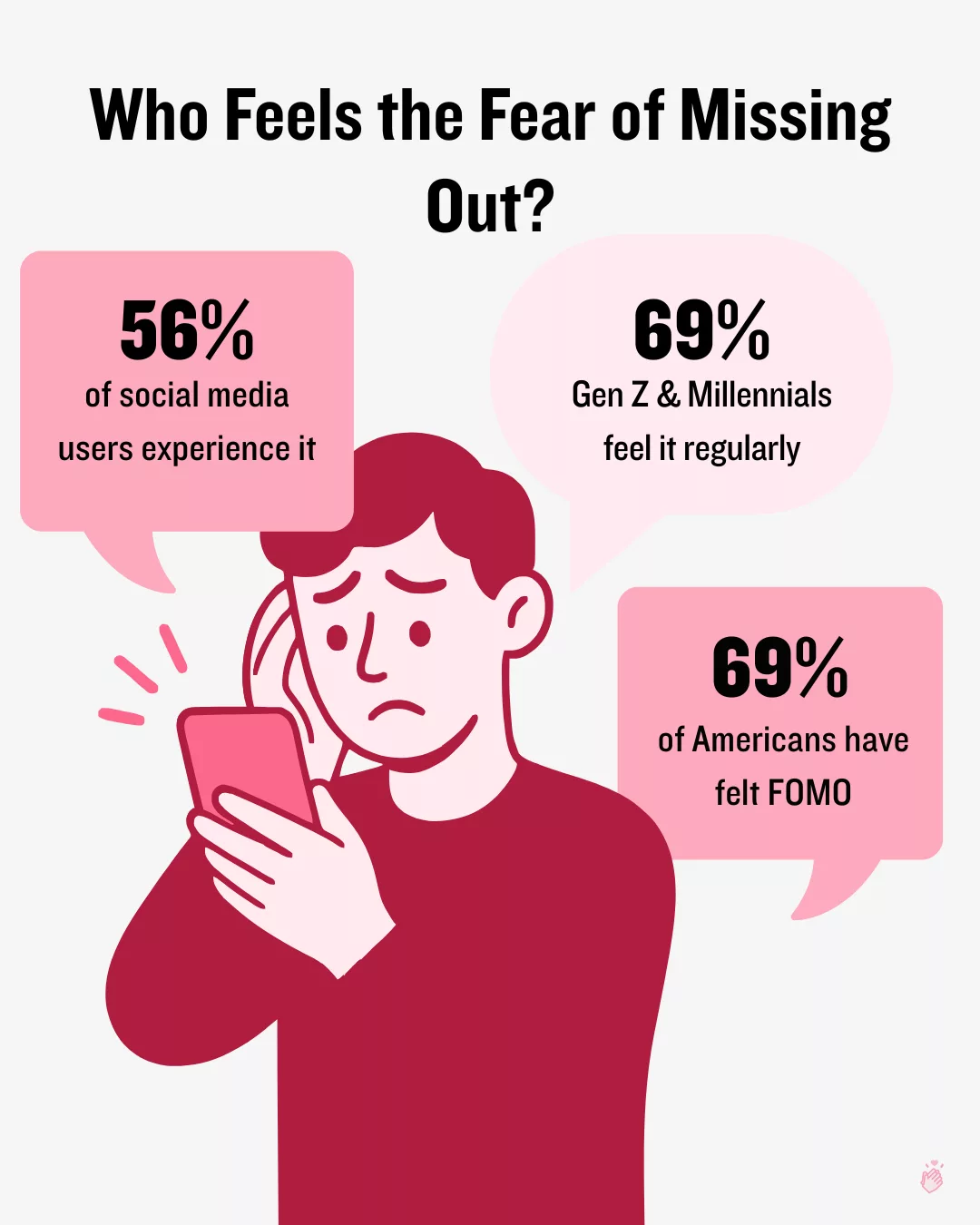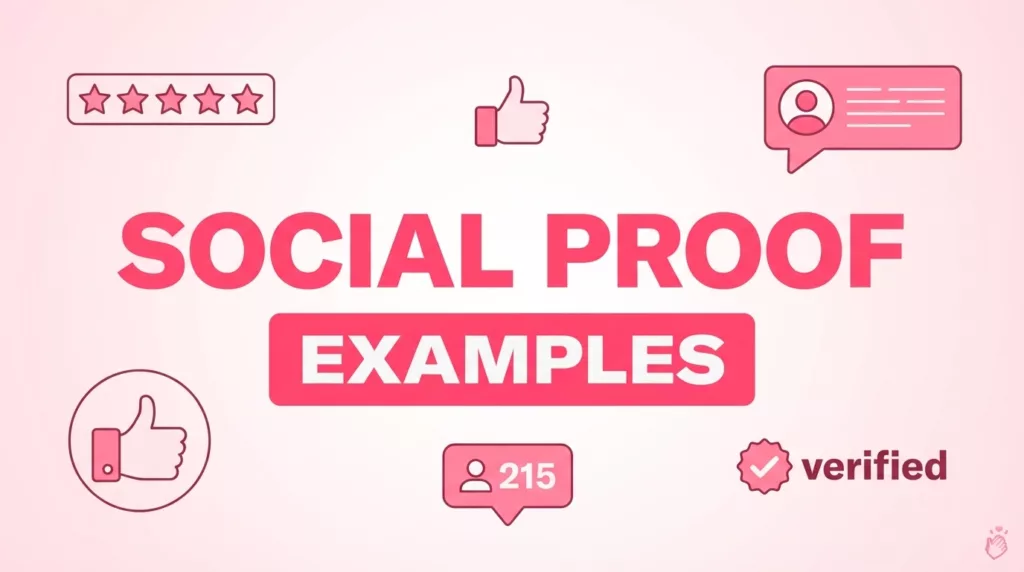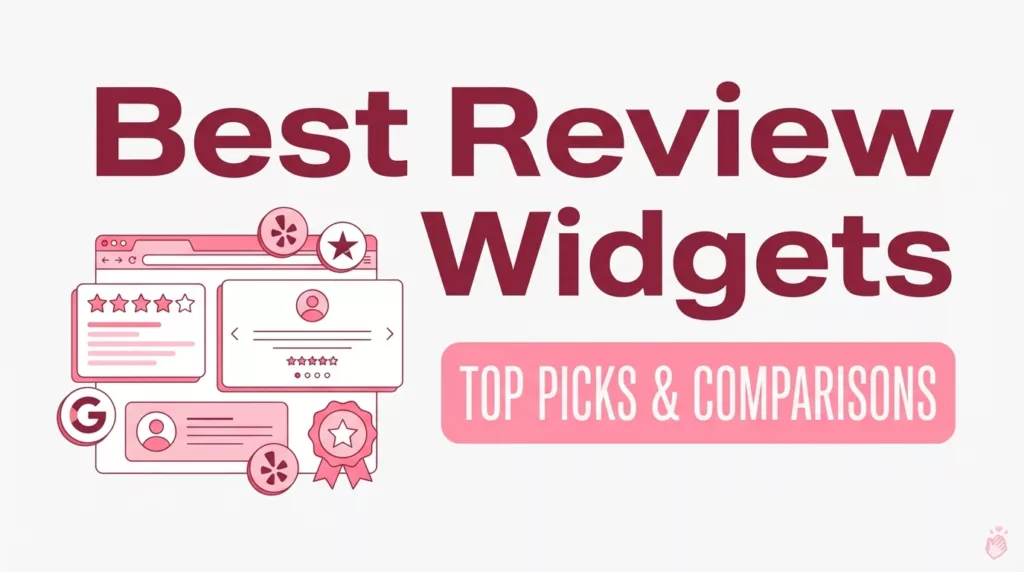
Fear of missing out (FoMO) has gone from a slang term to a real force in our lives. In 2025, it affects how we use social media, how we shop, and even how we feel.
This guide breaks down the latest fomo statistics from recent years. We’ll cover how common FOMO is, why it happens, how it impacts our mental health and spending habits, and how to handle it.
What Is FOMO? A Simple Guide
FOMO is that anxious feeling you get when you think other people are having rewarding experiences without you. It’s driven by a deep-seated need to feel connected and a habit of comparing your life to others.
Think of it this way: our brains are wired to want to be part of the group. Social media constantly shows us what others are doing—parties, vacations, new purchases. This can trigger a fear that we’re being left behind. Features like disappearing stories, notifications, and being tagged in posts make this feeling even stronger.
How Common Is FOMO?

The numbers show that FOMO is very common, especially among younger people.
- In the U.S., 69% of people say they’ve experienced FOMO.
- As far back as 2013, 56% of social media users felt it.
- In Europe, 59% of teens in Poland and 67% of social media users in Italy have reported FOMO.
- Among college students, a 2024 study found that 15% feel FOMO every week.
- About 69% of millennials and Gen Z feel FOMO regularly. The same number, 69%, admit to overspending to avoid it.
Some studies also show that teenage girls may experience slightly more FOMO than boys.
How Social Media Makes FOMO Worse
Social media apps are often designed in ways that feed our fear of missing out.
- Which apps cause the most FOMO? Users point to Facebook (72%) as the biggest culprit, followed by Instagram (14%) and Twitter (11%).
- It changes our habits: 51% of people use social media more now than they did two years ago. 27% check their phone the moment they wake up.
- What triggers it? Seeing posts about travel (59%), parties (56%), and food (29%) are the biggest triggers.
A 2025 study confirmed a very strong link between FOMO and how much time we spend on social media.
How FOMO Affects Mental Health
FOMO is more than just a bad feeling; it’s linked to real mental health challenges.
- Anxiety and Depression: A 2025 study found a clear link between high FOMO and higher levels of anxiety and depression.
- Burnout at Work: Feeling like you might miss an important work message or opportunity is a key cause of stress and burnout, according to 2024 research.
- Daily Life: FOMO can also lead to trouble focusing, poor sleep, and general anxiety.
Interestingly, one 2025 study noted that for some, being very active on social media can sometimes help them feel connected, even if it comes with other risks.
How FOMO Affects Our Wallets
FOMO has a huge effect on how we shop and spend money.
- 60% of millennials will buy something within 24 hours of feeling FOMO.
- 40% of Gen Z overspend to keep up with their friends.
- Limited-time offers can make people much more likely to buy, sometimes boosting sales by over 300%.
- 52% of people have made an impulse purchase because of a FOMO-style ad.
- Reviews and posts from others are powerful. 92% of people check reviews before buying, and 84% say content from other users influences their decisions.
How Marketers Use FOMO
Marketers know FOMO works, but there’s a right way and a wrong way to use it.
Good FOMO Marketing (Ethical):
- Showing real stock levels (“Only 3 left!”).
- Offering genuine limited-edition products.
- Giving early access to loyal customers.
Bad FOMO Marketing (Unethical):
- Using fake countdown timers that reset.
- Creating ads that make people feel bad about themselves.
- Making it hard to cancel or return an item bought in a hurry.
Case Study: Influencers and FOMO
A 2025 study looked at how social media influencers change the FOMO equation. It found that:
- FOMO generally made young people feel worse about their life and finances.
- However, feeling a strong, one-sided friendship with an influencer could actually reduce some of that anxiety.
- But there’s a catch: even if they feel better, they might still be encouraged to spend more money than they should.
How to Deal with FOMO
Feeling overwhelmed? Here are simple tips for you and for marketers.
Tips for You
- Turn off notifications: You don’t need constant alerts. Check your apps on your own schedule.
- Clean up your feed: Unfollow accounts that make you feel bad. Follow ones that inspire or teach you something.
- Find joy in missing out (JOMO): Focus on what you are doing instead of what you’re not. A quiet night in can be just as good as a loud night out.
- Get help if you need it: If FOMO is seriously affecting your mood, it’s okay to talk to a friend or a professional.
Tips for Marketers
- Be honest: If a deal is limited, make sure it’s really limited.
- Be respectful: Don’t use anxiety to sell things. Focus on the real value of your product.
- Be helpful: Make returns easy and be clear about your policies.
The Bottom Line
FOMO is a real and powerful feeling that affects millions of people. It’s closely tied to our mental health and our spending habits. By understanding what it is and how it works, we can take back control of our attention and make choices that are better for our well-being and our wallets.
FAQs
Q: What percentage of people experience FOMO?
A: Around 50-70% of people who use social media feel FOMO, with younger generations like Gen Z and millennials feeling it the most.
Q: Does FOMO cause anxiety?
A: Yes, studies show a clear link. People with high FOMO are more likely to report symptoms of anxiety and depression.
Q: Which social media app causes the most FOMO?
A: Users report that Facebook causes the most FOMO, followed by Instagram.
Q: Do FOMO ads really work?
A: Yes, when used honestly. Tactics like limited-time deals can significantly increase sales.
Q: How can I stop feeling FOMO?
A: Try limiting notifications, cleaning up your social media feed to be more positive, and focusing on the joy of your own experiences (JOMO).




